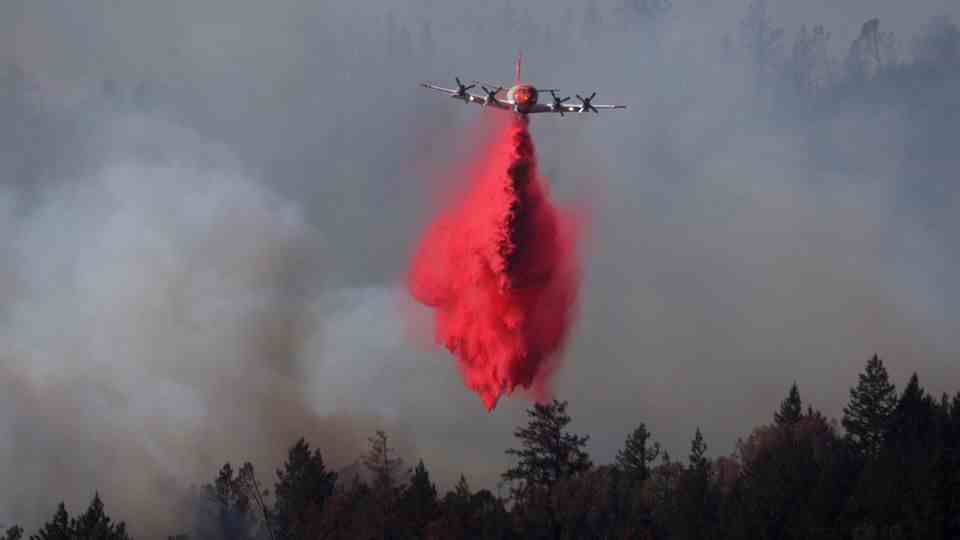Temperatures up to 48 degrees
India and Pakistan grapple with severe heatwave – electricity and water shortages
A man in New Delhi tries to protect himself against the heat with a towel. India and Pakistan are currently suffering from extreme temperatures.
© Shonal Ganguly/AP/DPA
Since March, temperatures in India and Pakistan have risen to unbearable levels. 48 degrees Celsius were measured in Pakistan on Wednesday. A threatening situation for the population and agriculture.
People in India and Pakistan are suffering from an early and severe heatwave. Temperatures in large parts of the region have climbed to well over 40 degrees. The weather services of the two neighboring countries are issuing heat warnings. The citizens try to cool themselves by many means. India has already experienced the hottest March since weather records began 122 years ago.
India and Pakistan suffer from early heat wave
Sweaty people in New Delhi drink water again and again, sometimes with refreshing lemon or mango, which they buy at small stands all over the city. Or they quench their thirst with water from clay pots that people set out in the streets for passersby. Some are increasingly buying watermelons and other fruits. Many try to protect themselves under shady cloths and umbrellas and wear light-colored, thin clothing.
Such heat is generally not unusual in South Asia. But it is currently hitting the region much earlier than usual, where such high temperatures are often only reached in May and June. The early heatwave is a warning sign of what is to come in May and June, said Director Dileep Mavalankar of the Indian Institute of Public Health Gandhinagar. The cooling winds from the Arabian Sea are currently not coming, explained the meteorologist Sardar Sarfraz in the Pakistani city of Karachi.
According to an analysis by Mariam Zachariah and Friederike Otto of Imperial College London, extreme heat is occurring more frequently in India than before as a result of climate change. “Before the rise in global temperatures, we would have experienced the heat that India experienced this month about once in 50 years,” said Mariam Zachariah. “Now such an event occurs much more frequently – about every four years. And unless greenhouse gas emissions are stopped, such an event will occur even more frequently.”
Effects on agriculture could be devastating
The heat is having an impact on agriculture, among other things. In the Indian states of Punjab, Haryana and Uttar Pradesh, there were 10 to 35 percent less wheat yields due to the early heat wave, as reported by the local newspaper “The Economic Times”.
In Delhi, there are traffic jams and crowds of people at the metro stations, especially in the evening. Because those who can afford it spend the hottest hours of the day indoors as much as possible. People prefer to be outside only in the early morning or in the evening. Some also try to find a cooler place in the mountains.
Recently there have also been fires in response to the heat, for example at a garbage dump in Delhi and in forests in Pakistan. And the meteorological service in the Pakistani region of Chitral near the Afghan border warned of a risk of glacial water eruptions in view of the rapidly melting snow in the Hindu Kush. He urged people to be vigilant.


